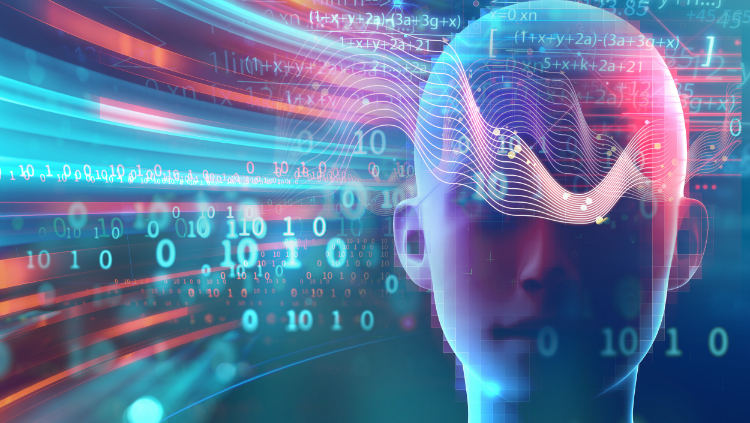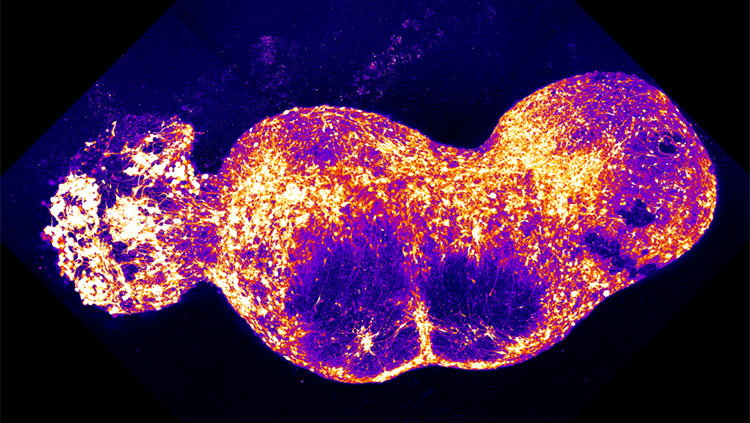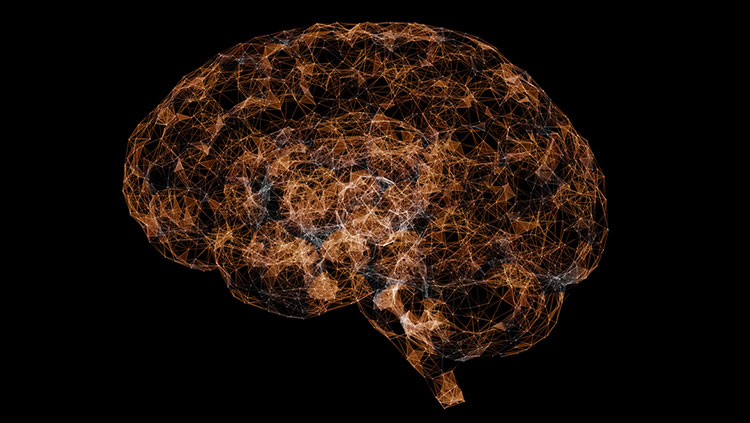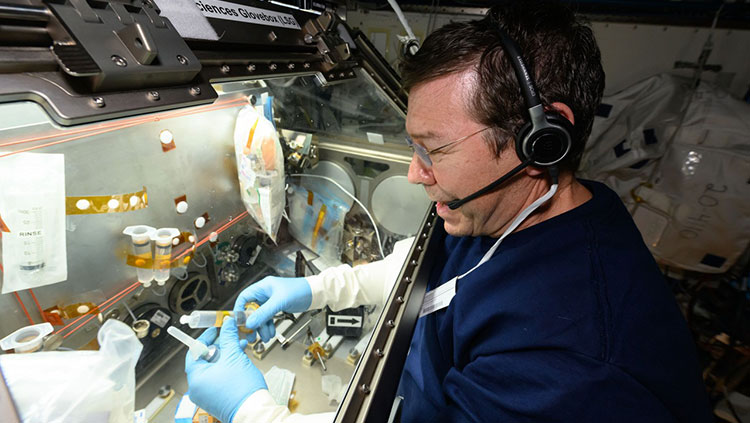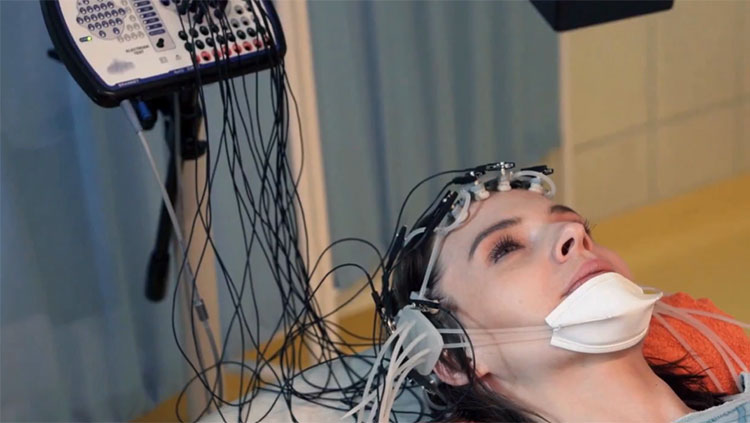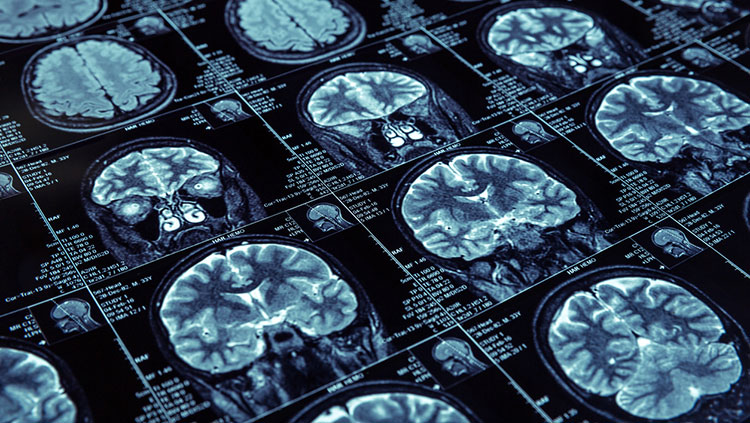What’s Going on With Neuralink?
- Published22 Jan 2021
- Author Calli McMurray
- Source BrainFacts/SfN

Elon Musk, founder of Tesla and Space X, burst onto the neuroscience scene in late August 2020 with Neuralink, which he called a “Fitbit in your skull with tiny wires.” The device measures brain activity with electrodes in the hope of one day correcting the aberrant electrical activity behind blindness, paralysis, anxiety, and addiction. He demonstrated Neuralink in healthy pigs, crackling with electrical activity as the pigs’ neurons fired. Is this new device as groundbreaking as it has been claimed to be?
Musk’s overarching claim — you can form direct connections with neurons to interpret and influence their activity — is true and has already been applied in the creation of cochlear implants and prosthetic arms with a sense of touch. Neuralink boasts significant engineering accomplishments compared to existing devices. Most current brain-computer interfaces require a metal plug sticking out of the skull so wires can pass through. Neuralink uses wireless communication, a crucial step toward making a usable, safe medical device. The electrodes are thin, flexible, and can be implanted with a novel “sewing” robot, making it possible to install thousands of electrodes without disturbing brain tissue.
Even with these improvements, Neuralink won’t be able to cure psychiatric brain disorders like addiction and depression. “If it was a broken bone or a torn muscle, it’s pretty clear what you need to do,” says Douglas Weber, professor of mechanical engineering at Carnegie Mellon University. “The injury is focal. In most disorders of the brain…the injuries are far more diffuse,” and there may not be a clear-cut remedy. Interpreting and influencing neural activity requires an understanding of what activity is normal, what goes awry in neurological diseases and disorders, and how to fix it. Neuroscientists don’t yet have that level of understanding for many brain functions and disorders. Plus, abnormal activity may not have a quick fix.
CONTENT PROVIDED BY
BrainFacts/SfN
References
Neuralink (Producer). (2020, August 28). Neuralink Progress Update, Summer 2020 [Video file]. Retrieved from https://www.youtube.com/watch?v=DVvmgjBL74w
Regalado, A. (2020, August 30). Elon Musk's Neuralink is neuroscience theater. Retrieved October 14, 2020, from https://www.technologyreview.com/2020/08/30/1007786/elon-musks-neuralink-demo-update-neuroscience-theater/
Cellan-Jones, R. (2020, September 01). Is Elon Musk over-hyping his brain-hacking Neuralink tech? Retrieved October 14, 2020, from https://www.bbc.com/news/technology-53987919
Ganzer, P. D., Colachis, S. C., Schwemmer, M. A., Friedenberg, D. A., Dunlap, C. F., Swiftney, C. E., . . . Sharma, G. (2020). Restoring the Sense of Touch Using a Sensorimotor Demultiplexing Neural Interface. Cell, 181(4). doi:10.1016/j.cell.2020.03.054 https://www.cell.com/cell/fulltext/S0092-8674(20)30347-0
Also In Tools & Techniques
Trending
Popular articles on BrainFacts.org



